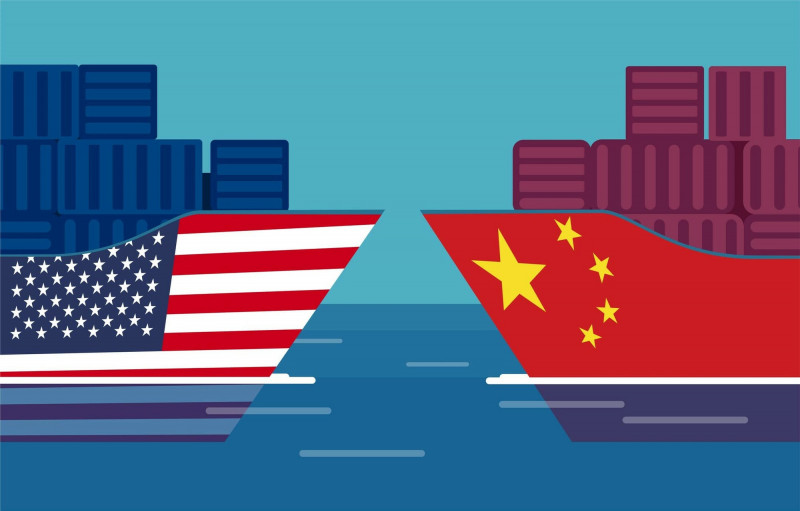RFI reported that as a result of the tense confrontation between the United States and China, China may no longer be the largest trading partner of the United States in 2022.
(taken from the Internet)
[Compilation of Lu Yongshan/Comprehensive Report] According to a report by Radio France Internationale (Rfi), the result of the tense confrontation between the United States and China is that China may no longer be the largest trading partner of the United States in 2022, and more and more companies are shifting from China to Vietnam. and other countries, some of which have received funding from Chinese investors.
Although the foreign trade data for 2022 has not yet been released, the November data released by the U.S. Department of Commerce in early January confirmed that the speed of imports from China is not as fast as before; The amount is higher than that of China.
Please read on...
Experts said that after the U.S.-China trade war started in 2018, globalization has undergone reorganization, prompting companies to seek multiple supply channels to avoid the impact of geopolitical tensions between the U.S. and China. Enable enterprises to accelerate supply chain diversification.
U.S. imports from China declined for two consecutive years in 2019 and 2020 due to the trade war and the subsequent stoppage of world trade due to the COVID-19 pandemic, and recovered in 2021, but not yet to pre-pandemic levels .
A study by the Peterson Institute for International Economics (PIIE), a Washington think tank, found that compared with imports from the rest of the world, U.S. imports from China are recovering more slowly than before the trade war began.
PIIE pointed out: “It is clear that there are alternative forms of relocation from China to other countries, and this relocation is partly funded by Chinese investors, such as some companies that are relocating to Vietnam, but this is not the case. Seeking a market closer to the U.S. At the Consumer Electronics Show (CES) in Las Vegas in early January, Chinese electronics company Etech did not hesitate to promote its factory in Vietnam.”
Vietnam's exports in 2018 have grown by leaps and bounds, and the value of exports to the United States has more than tripled, making it one of the United States' major trading partners.
Exports to the United States from other Asian countries such as Taiwan, South Korea and Malaysia are also growing strongly, taking an increasing share of the U.S. export market.
But is this the first sign of economic decoupling between the US and China?
The opinions of experts are divided, and they believe that it is too early to draw conclusions because the distance is too close.
According to other experts, one of the consequences of the "restructuring of world trade" and the "diversification of geographical origins" is that supply chains no longer start in China, but in Southeast Asia or closer to the United States.
At the same time, laws such as the Chips and Science Act (CHIPS) and the Inflation Reduction Act (IRA) signed by President Biden to help bring semiconductor production back to the United States show that the US government really wants to accelerate the pace of cooperation with the United States. China decoupling.
However, the degree to which the two largest economies of the United States and China are intertwined makes decoupling appear complex.
Ryan Sweet, chief U.S. economist at Oxford Economics, pointed out: "Tensions are building between the U.S. and China, but that doesn't mean the U.S. will stop importing Chinese products. But in the long run, nothing There will undoubtedly be diversification of supply and manufacturers will no longer be putting all their eggs in 1 basket.”
Grasp the pulse of the economy with one hand I subscribe to Free Finance Youtube channel
Already added friends, thank you
Welcome to 【Free Finance】
feel good
Already liked it, thank you.
related news
